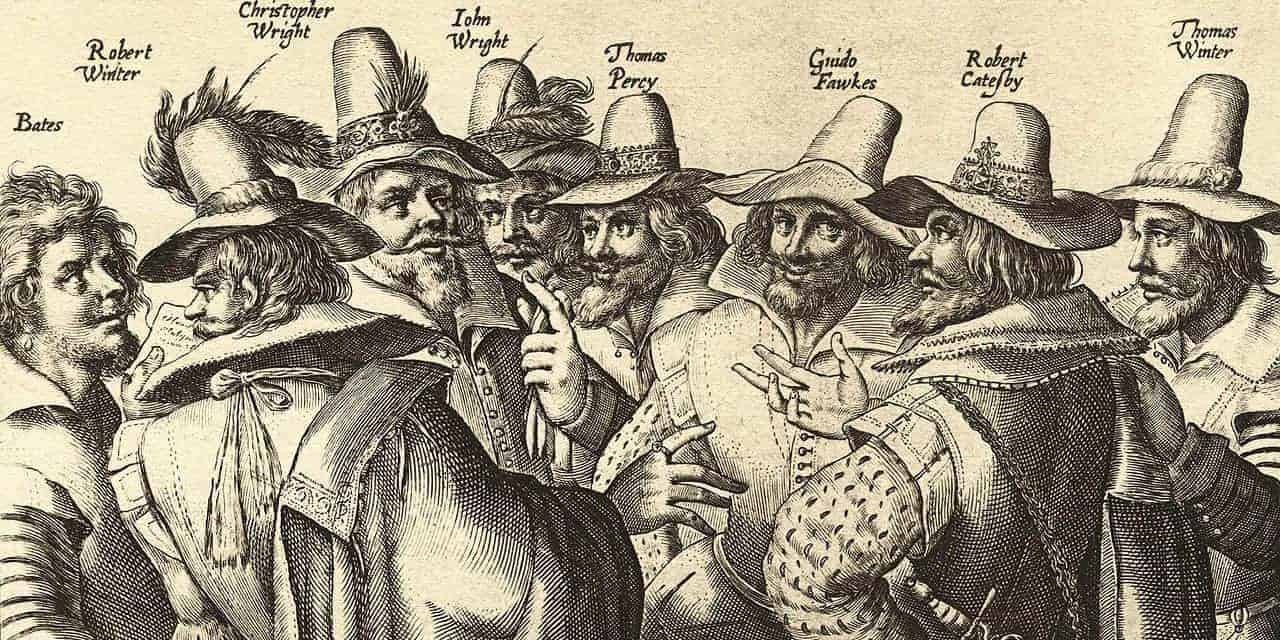There is a difference between conspiracy theories and conspiracies. A conspiracy theory for instance is the belief that the moon landings were faked, or that the government was involved in 9/11, both widely believed by some conspiracy theorists. They fail to consider how many people would have to have been involved in faking the moon landing – one expert placed the number well over 400,000 – and how difficult it would be to keep such a hoax hidden for almost 50 years. A conspiracy on the other hand is a proven event, usually kept to a small number of participants for security purposes.
History is replete with such proven conspiracies, such as the July 20 Plot to kill Adolf Hitler, which failed, or the Liberatore Plot, which succeeded on the Ides of March in 44 BC. Napoleon seized power in France through a conspiracy which he executed on 18-19 Brumaire (November 9-10) 1799, which led to the establishment of himself as First Consul and later Emperor of France. A thoroughly documented conspiracy led to the assassination of Abraham Lincoln in 1865. Historians and scholars still study it for information on others who may have been involved; it was a conspiracy which spawned many conspiracy theories, intriguing but unproven.

Here are ten conspiracies throughout history.

The Babington Plot
In 1586 a group of Catholics led by a Jesuit priest conspired with Mary Stuart, remembered as Mary, Queen of Scots, to assassinate Queen Elizabeth I and place Mary on the throne of England, restoring the Catholic Church in the realm. At the time of the plot Mary was held in confinement at Chartley Hall, not allowed to correspond with anyone. She had been imprisoned in various locations for the preceding 19 years. Mary, a Catholic, hoped to obtain the help of the Catholic King of Spain, Phillip II, in overthrowing the Protestant nobility in England.
The Babington Plot was one of several separate but interconnected schemes to overthrow the Protestant Elizabeth and restore Catholicism to England. The Pope was involved in some, as was the Catholic League in France and the plans for a Spanish invasion of England were being aided by English Catholics in the North of the British Isles. Mary’s supporters in the Catholic League sent a Jesuit priest, John Ballard, to determine the level of support present among English Catholics, and most importantly whether Mary would support the overthrow of the Tudor dynasty and restoration of the Stuarts.
Ballard recruited Anthony Babington to prepare the English Catholics to move against Elizabeth. Meanwhile Elizabeth’s spymaster Sir Francis Walsingham created a new means of Mary being able to correspond with conspirators in order to entrap her. It was arranged for messages to be smuggled to and from Mary in a watertight container sealed into the stopper of a beer barrel. Walsingham made this arrangement known to the French ambassador. Using a double agent, he also made it known to the conspirators, and messages from Babington and English Catholics were soon reaching Mary via the French ambassador.
Babington had come late to the plot, which was mainly interested in assisting a Spanish invasion. It was his opinion that an invasion would not succeed as long as Elizabeth was on the throne. Once reassured that there were plans to remove that obstacle he agreed to correspond with Mary regarding the degree of support she could expect from English Catholics. Babington sent a letter to Mary which described her rescue and the removal of Elizabeth. Three days after receiving it she responded with a letter which described the need to assassinate Elizabeth. The letter was of course intercepted by Walsingham and provided Elizabeth with hard evidence of treason.
Most of the conspirators were quickly rounded up, tried, convicted, and executed by hanging followed by being drawn and quartered. Mary was moved to Fotheringhay Castle where she was convicted of treason against England. Of the 46 Lords who voted over her guilt or innocence, only one selected the latter. Mary was denied the right to call witnesses as well as the right to counsel and the outcome of her trial was pre-ordained. She was beheaded in February, 1587. Outraged Spain increased their efforts to invade England, which would result in the sailing of the Spanish Armada the following year.

